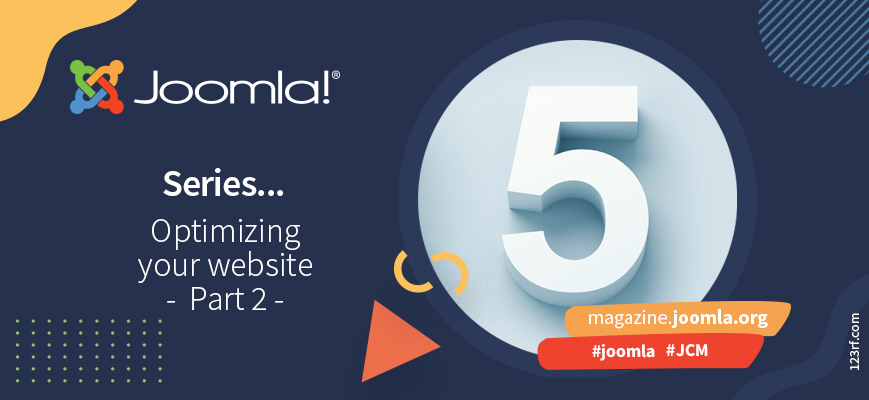Combining Joomla with LiteSpeed and Redis is a great way to make your website faster, more responsive, and better equipped to handle high traffic. This setup relies on modern caching and acceleration technologies, while remaining compatible with a wide range of hosting environments.
We arrive at our last 3 chapters! In this edition, we will cover Accessibility, Eco-Friendliness, and some extra Optimization Tidbits. Let's dive right in!
As we continue exploring the different aspects of optimization, the quantity of information is vast.
In this edition, we will cover Content, SEO, and User Experience... This is of course just a highlight and many more things could be said about each topic...
Choosing the right typeface is a critical decision that influences a website's aesthetics, readability, and overall user experience. While web fonts are popular for their versatility and creative possibilities, they come with their fair share of disadvantages. In this post, we'll explore the drawbacks of using web fonts and showcase a new feature in Joomla 5 to make better use of system fonts.
In the third part of this series I described how to squeeze more performance out of your site by optimizing the static media files. This month, a month later than expected due to a minor family emergency, I'll talk about putting the finishing touches which make your site more polished and professional. They mostly have to do with how your site interacts with search engines and social networks but there's also a little bit of performance to be found in there.
In the second part of this series I described how to unlock a base level of performance out of your Joomla site with a few, simple changes. Today we're diving deeper into static media: JavaScript, CSS and image files. These changes are more involved but can turn a junker of a slow site into a decently performing one. Arguably, not all of these changes make sense for all sites but the performance benefits you get are substantial.
In the first part of this series I described why tuning the performance of your site is something you should do for both philosophical and practical reasons, as well as where to start. That post was by necessity a bit generic. In the second part of this series we'll dive into some of the basic things you can do in Joomla to unlock a decent amount of performance.
Joomla 4 is a major improvement over Joomla 3. Right out of the box you get a very fast CMS with built–in support for structured data (what was formerly called “microdata”), even several caching options to cater for any use, from lightweight persona sites to massive, busy portals.
With the change in Google’s site rating and ranking criteria, the reasonably new “Web Vitals” measurements have generated new interest in a variety of caching technologies to improve content delivery times in the never ending race to the elusive “100% across the board” and satisfactory search engine indexing results.
Joomla 4 performs exceptionally well out of the gate on Google Lighthouse at Joomla Australia's Virtual User Group. Google Lighthouse is Google's open-source, automated tool that gives you feedback that you can use to improve the quality of web pages. You can run it against any web page, public or requiring authentication. It has audits for performance, accessibility, SEO and more.
By accepting you will be accessing a service provided by a third-party external to https://magazine.joomla.org/
 Community Magazine
Community Magazine 








